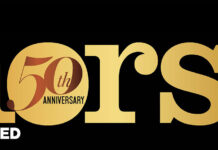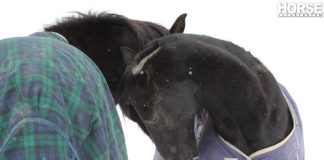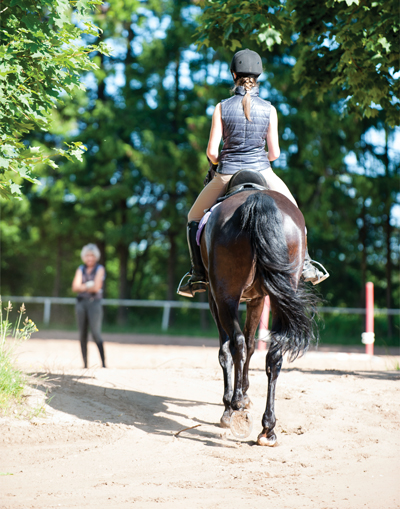
An excerpt from “Bolder, Braver, Brighter” by Coach Daniel Stewart
Limiting Yourself
Negative thoughts are often called limiting beliefs because they limit how much you believe you can achieve or succeed. It’s not because you’re incapable of successfully training your horse, it’s simply because unintended (and unwelcome) thoughts might convince you otherwise.
For example, there’s little chance you’ll ever be able to teach your horse flying lead changes if you continually tell yourself you can’t and he can’t. It’s not because either of you are incapable of it, it’s because your belief has placed a self-imposed limit on what you and your horse can achieve together.
Tell yourself that you can train your horse to do a flying change (and work hard to make it happen) and you’ll remove the limit that once stood between you and that training goal. In other words, when you remove limiting beliefs, you remove your limits.
I can’t cook. I’m not good at math. I’m not a morning person.
I can’t sit his trot. I’m not as good as everyone else. I crumble under pressure.
Limiting beliefs are common, and it’s possible you’ve even used a few already today. They’re the sneaky negative thoughts you don’t think you’re thinking, even though you’re thinking them!
The good news is that becoming mindful of them is the key to stopping them. Sometimes they’re just hiding in a kind of mental blind spot and need to be brought out into the light.
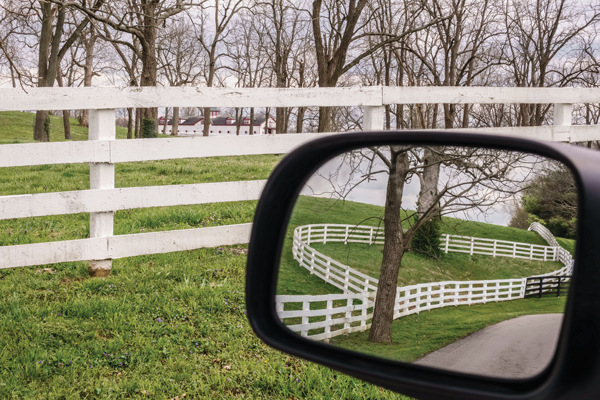
Your Blind Spot
Blind-spot biases are a unique form of limiting belief that lie just below the surface of your awareness (the negative thoughts you don’t think you’re thinking even though you’re thinking them).
They’re called “blind-spot biases” because, like a car hidden in your blind spot, they pose a threat to you because you’re unaware of them. When a car leaves your blind spot, however, the threat it creates leaves too.
Likewise, when negative thoughts leave your mental blind spot (because you become mindful of them), the threat they create also leaves.
I want to introduce you to one kind of blind-spot bias that can negatively impact your ability to train your horse fairly and successfully. If you are aware of this blind-spot bias, you can work to remove it from your mental blind spot.
Confirmation bias is one kind of blind-spot bias that exists at the barn and when you are working with your horse. It occurs when you form an opinion and then alter your thoughts and behaviors so you can make your opinion appear correct (thereby confirming your bias).
For example, people who believe flying in airplanes is dangerous (even though studies disagree) often spend hours performing online searches of all the airplane crashes in history, and each time they read of another, they confirm their own bias a little more. Not surprisingly, these people rarely search the safety records of airlines because that would contradict their bias.
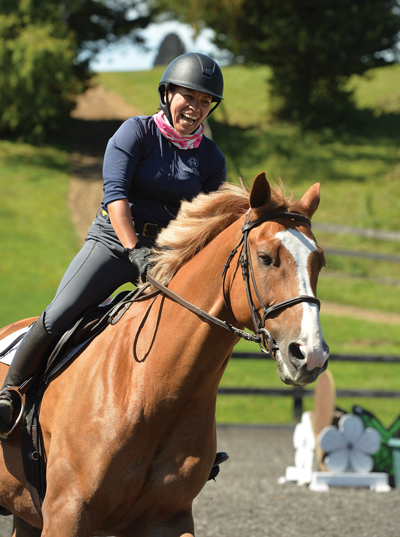
A Real-World Example
How does this translate to the barn and riding arena?
A rider in a recent clinic entered my arena on a very forward and unmanageable horse. After observing the horse, I asked, “How long have you been trying to slow your horse?” to which she replied, “Four years!”
So, I suggested she try something new. “Instead of slowing your horse,” I said, “Try calming your horse.” After all, doing the same thing over and over and expecting a different result is a bit insane.
I then instructed her to give her horse five calming aids: soften her hands, use a calming voice, relax her hips, use calming circles, and take her weight off his back (she was in a chair seat).
To this, she simply replied, “It’ll never work,” to which I replied, “Never tell yourself what you can’t do until you at least try.”
Unconvinced it would work, she picked up the canter, but as soon as her horse sped up, she thought about it for a second, then abruptly threw her reins away and thrust herself forward, causing her horse to bolt and run away with her.
After a few minutes of leaning back and yanking on her horse’s mouth to bring him back under control, she rode up to me and said the five words I knew she’d say, “See? I told you so!”
Avoiding Confirmation Bias
Moral of the story: This rider had a belief that you can only slow horses by leaning back and pulling, and she confirmed it by acting in a way that would ensure it happened.
But here’s the sad part: When she confirmed her bias, she missed the opportunity to begin to solve a training problem that had plagued her and her horse for years. In the end, her desire to be right was stronger than her desire to improve the relationship with her horse and her horse’s training.
So, what could she have done instead?
You can avoid confirmation bias by reminding yourself that it’s all right to be wrong about the reasons for your horse’s behavior or how to solve a training problem. The next time you’re given the chance to try something new when facing a challenge with your horse, remember that being right all the time isn’t worth making a wrong decision even one time.

Adapted from Bolder, Braver, Brighter: The Rider’s Guide to Living Your Best Life by Coach Daniel Stewart and reprinted with permission from Trafalgar Square Books. Purchase a copy
This excerpt from Bolder, Braver, Brighter by Daniel Stewart appeared in the October 2021 issue of Horse Illustrated magazine. Click here to subscribe!

